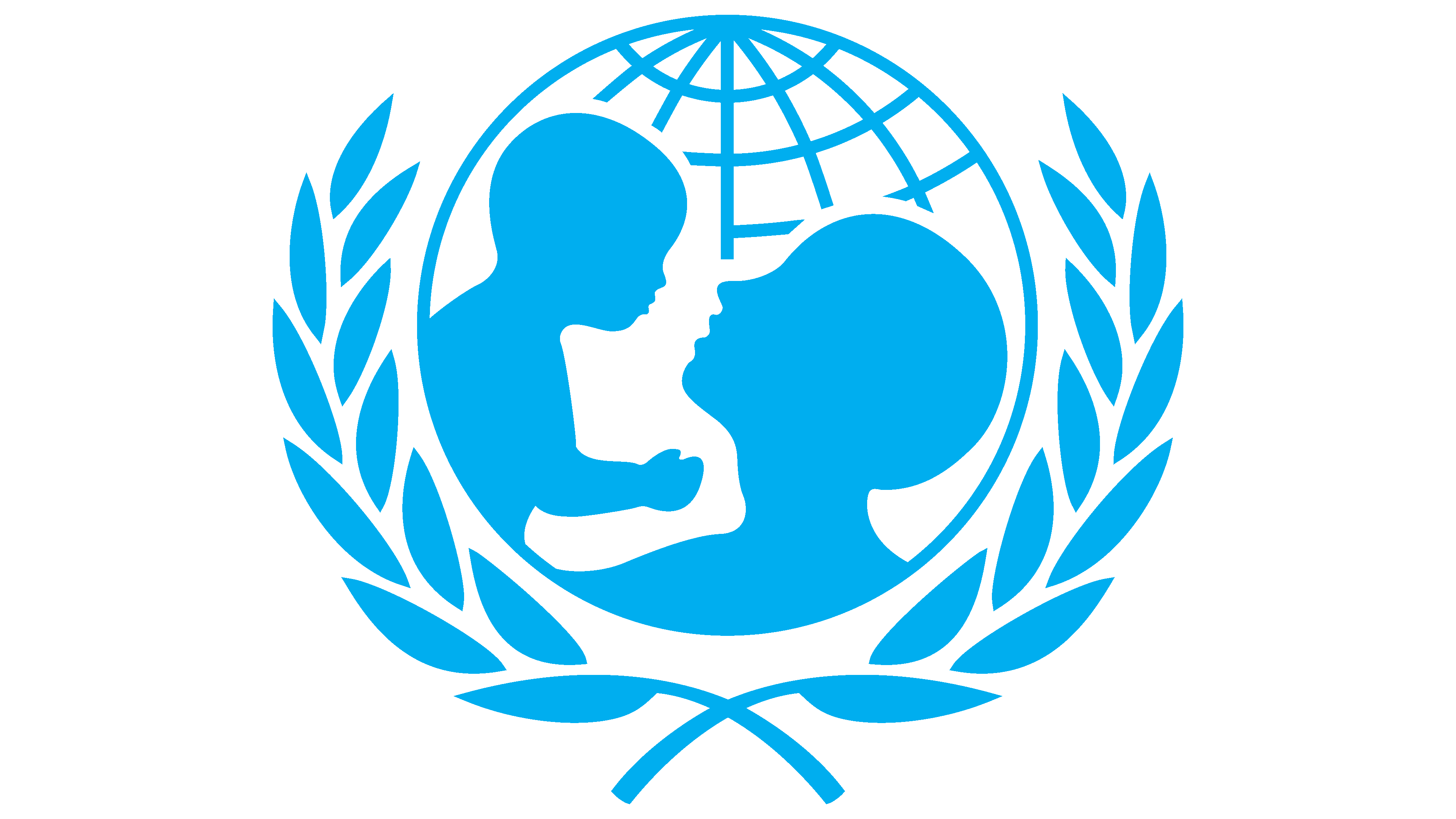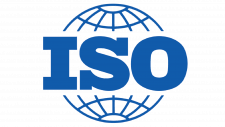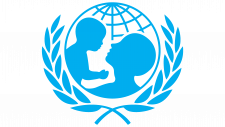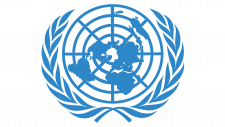UNICEF Logo
UNICEF, the United Nations International Children’s Emergency Fund, is a global humanitarian organization. It focuses on providing assistance to children and mothers in need worldwide. UNICEF operates in over 190 countries and territories, working to ensure children have access to healthcare, education, clean water, and protection from violence and exploitation. It is owned by the United Nations and funded by voluntary contributions from governments, organizations, and individuals, dedicated to improving the well-being of children and promoting their rights.
Meaning and history
UNICEF, or the United Nations International Children’s Emergency Fund, has a storied history that dates back to the aftermath of World War II. It was established on December 11, 1946, by the United Nations General Assembly to provide emergency food and healthcare to children in war-torn Europe and China. Its mission later expanded to address the long-term needs of children worldwide.
UNICEF’s early years were marked by its emergency relief efforts during conflicts and natural disasters. However, it quickly evolved into an organization dedicated to promoting the rights and well-being of children globally. UNICEF’s work includes providing access to clean water, nutrition, education, healthcare, and protection from violence and exploitation.
In 1953, UNICEF became a permanent part of the United Nations system, and its mandate was broadened to include developmental assistance alongside emergency relief. Over the decades, UNICEF played a crucial role in global efforts to reduce child mortality, improve maternal health, combat HIV/AIDS, ensure gender equality, and promote children’s education.
UNICEF operates in more than 190 countries and territories, partnering with governments, NGOs, and local communities to implement programs that benefit children and families. It is primarily funded by voluntary contributions from governments, organizations, and individuals.
Throughout its history, UNICEF has been led by various Executive Directors, each contributing to its mission. UNICEF’s ownership lies within the United Nations system, and it operates as a specialized agency under the UN’s umbrella.
UNICEF has evolved from an emergency relief organization into a global force for children’s rights and well-being, with a presence in nearly every country. Its ownership remains with the United Nations, and its work continues to make a profound impact on the lives of children worldwide.
1946 – 1953
The initial logo features a depiction of Earth resembling a cartographic view, as if seen from the North Pole. A circular grid of parallels and meridians forms the backdrop, creating a target-like appearance. The continents are represented as somewhat blurred black silhouettes with softly defined borders. Encircling this globe is a laurel wreath consisting of elongated, narrow leaves. There are a total of six pairs of leaves on each side, with two unpaired leaves positioned at the top and bottom.
1953 – 1960
Following the logo’s redesign, it acquired a more distinctive look. Set against a backdrop of intersecting parallels and meridians, the logo now features an image of a child drinking water from a glass. The laurel wreath’s leaves transitioned from solid coloring to outlined forms. Positioned above the circle is the text “FOR ALL THE WORLD’S CHILDREN,” and at the bottom, the organization’s name is displayed in capital letters using a sans-serif typeface.
1960 – 1975
Following a shift in its primary focus, the organization revamped its logo. The updated design features an image of a mother holding a baby in her outstretched arms, lifting the child above her head and gazing into its face. Both figures are depicted in black silhouettes, maintaining a smooth and rounded appearance without sharp corners or transitions. The top inscription was removed, but the bottom one remained, featuring a change in the font style.
The letters in the new logo are bold, with ample spacing between characters, creating the illusion of lowercase letters while maintaining uppercase characters, except for the “e.” Notably, the “u” and “n” characters are designed to be nearly identical, appearing as mirror images of each other. The “c” and “e” also reinforce this similarity, achieved by making the crossbar of the “e” nearly invisible. Additionally, the “F” has a shortened right half, giving it a narrow appearance.
1975 – 1978
The logo retained its core elements but underwent a reconfiguration by the designers. The circular icon featuring the Earth, mother, and child silhouettes was reduced in size, while the text component was enlarged. To infuse a sense of uniqueness into the emblem, the experts incorporated the icon as a dot above the letter “i.” This creative adjustment adds a distinctive touch to the logo’s overall composition.
1978 – 1986
In 1978, a significant alteration was introduced to the lettering. The designers opted for a dual approach, giving each character twin wide stripes that mirrored each other. However, it’s worth noting that “e” and “f” deviated from this pattern, featuring unique structures. “e” consisted of a single branched line, while “f” was crafted from three distinct segments, setting them apart from the rest of the letters.
1986 – 2003
The initial emblem features the organization’s name in bold lowercase letters, characterized by their rounded and sleek design. Notably, the “u” lacks a stem, the “c” has clipped edges, and the “f” omits certain horizontal strokes, giving them a distinctive appearance. The dot above the “i” is deliberately oversized, creating a unique visual balance.
The graphical element of the logo includes a globe adorned with meridians and parallels, serving as a backdrop for a depiction of a mother holding a child while gazing into their face. Rendered in a dark hue, these figures take on a silhouette-like quality, resembling shadows. Surrounding this scene is a wreath formed by two olive branches. Positioned to the right of the imagery is the word “UNICEF.”
2003 – Today
The contemporary rendition has undergone a color transformation, transitioning from black to a vibrant blue hue. While the overall layout of the elements remains consistent, the graphical symbols’ shape remains unaltered. However, there has been a revision to the accompanying inscription. The designers have adopted a sleek, timeless font, resulting in all the letters now featuring proper forms – with intact descenders and complete crossbars.


















